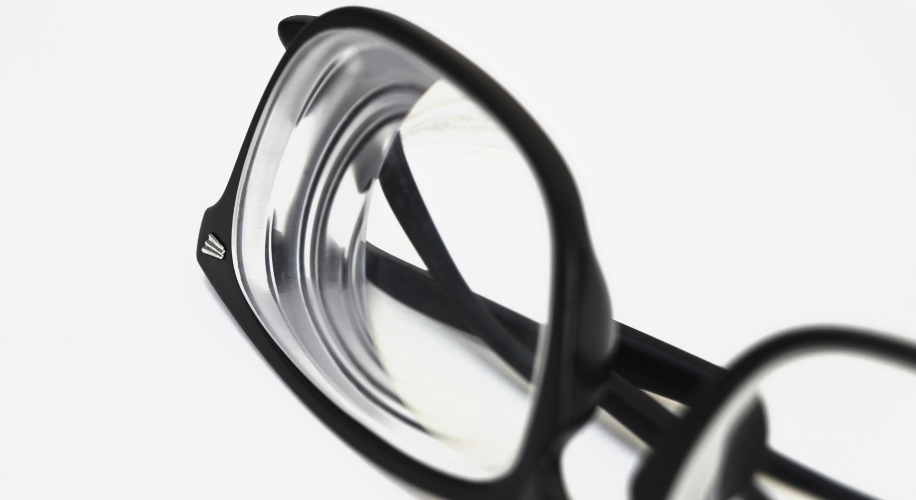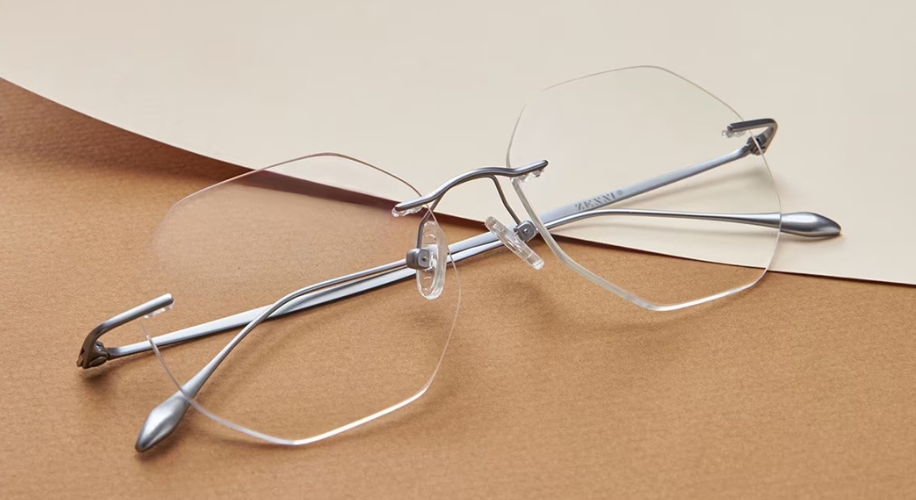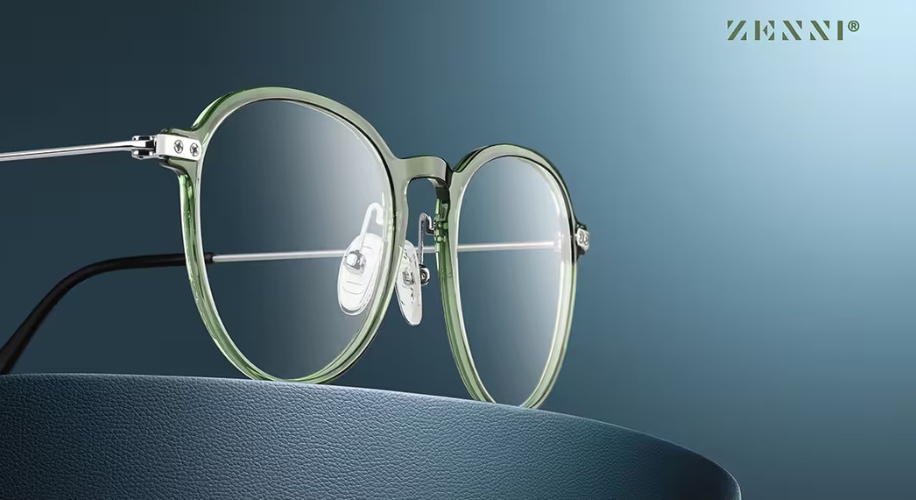Comparing High Index Choices for Thinner Lenses
- BY Dr. Steven Liem
- IN Lenses
When it comes to selecting lenses for your glasses, high index lenses are a popular choice due to their ability to offer thinner and lighter options compared to standard plastic lenses. However, navigating the different high index options can be confusing. Let’s explore which high index lens might be best suited for your needs.
Photo by Marta Branco
Understanding High Index Lenses
High index lenses are designed to bend light more efficiently than conventional lenses, allowing them to be thinner and lighter for the same prescription strength. The “index” refers to the degree to which the material refracts light. Higher index numbers indicate a greater ability to bend light, resulting in thinner lenses.
Factors to Consider
Lens Thickness
If you’re concerned about the thickness of your lenses, especially for stronger prescriptions, a higher index lens is advantageous. For mild prescriptions, lower index options (like 1.61) may suffice while still offering some reduction in thickness compared to standard lenses.
Prescription Strength
The first consideration when choosing a high index lens is your prescription strength. Higher index lenses (such as 1.67, 1.74) are typically recommended for stronger prescriptions, as they can reduce lens thickness and weight significantly.
Lens Weight
High index lenses are not only thinner but also lighter, making them more comfortable to wear, especially for those with stronger prescriptions. This can be a significant factor in choosing lenses for daily use.
Cost
High index lenses tend to be more expensive than standard plastic lenses (1.50 index) due to the advanced technology and materials used. However, they offer benefits in terms of aesthetics and comfort that can justify the higher cost.
Shop These Frames
Which High Index Lens is Best?
1.74 High Index Lenses
- Pros: Thinnest and lightest option available, ideal for very strong prescriptions.
- Cons: Highest cost among high index lenses.
1.67 High Index Lenses
- Pros: Excellent balance of thinness, lightness, and cost-effectiveness for moderate to strong prescriptions.
- Cons: Slightly thicker and heavier than 1.74 lenses.
1.61 High Index Lenses
- Pros: Affordable option with noticeable reduction in lens thickness and weight for mild to moderate prescriptions.
- Cons: Thicker than higher index lenses, particularly for stronger prescriptions.
Conclusion
Choosing the best high index lens depends on your specific needs and prescription strength. For those with very strong prescriptions, investing in 1.74 high index lenses can provide the thinnest and lightest option available, albeit at a higher cost. If your prescription is moderate to strong, 1.67 high index lenses strike a good balance between thinness, lightness, and cost. For mild to moderate prescriptions, 1.61 high index lenses offer a cost-effective solution with noticeable benefits over standard lenses.
Shop These Frames
Consulting with an eye care professional or optician can help you determine the most suitable high index lens based on your prescription, lifestyle, and budget. Ultimately, investing in high index lenses can enhance both the comfort and aesthetics of your eyewear, ensuring you enjoy clear vision with minimal lens thickness and weight.




